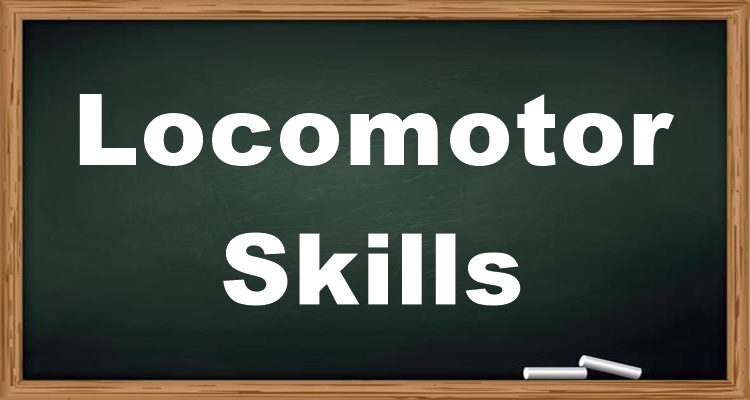What are the locomotor skills, and what is their importance?
LOCOMOTOR SKILLS – Generally, this is the way we move, and these are the different examples and the importance of this.
What allows a person to move through different environments and from one place to another is locomotor skills. In children, this is essential, as these are the building blocks of coordination, and this can be practiced during playtime, be it indoor or outdoor, where they do certain activities.

This is also the foundation for most sporting or leisure activities. Walking, marching, running, jumping, crawling, hopping, climbing, galloping, sliding, skipping, and leaping are the main ones. This also includes doing these movements forward, backward, twirling or turning, slow or fast, on flat foot or tippy-toe, and by adding quality, such as bopping, gliding, shimmying, vibrating, sustaining, and others.
The main locomotor skills and basic travelling movements
- walking
- running
- jumping
- hopping
- skipping
- galloping
- sliding
- leaping
Importance of locomotor movements
- Spatial Awareness
This is knowing where your body is located. With this skill, you will be able to know how close you are to a person and others.
- Visual Spatial Awareness
This is the ability to be able to visualize a space, whether you are present or not. For example, you know how to read a map, listen to instructions, and follow directions.
- Co-ordination of the Larger Limbs
This is a learned skill that is developed through repeated and consistent practice of movements.
- Cardiovascular Fitness
This is essential for overall health. Since locomotor movements require the body to move largely over a period of time, the heart rate increases, which increases our cardiovascular or heart fitness.
- Muscle Memory
The brain will more likely store the repeated movements you’ve been doing, which will result in an easier way of doing these movements that you start doing almost without thinking, as your muscle takes over.
How do you develop these?
- a visit to the playground
- a walk on the pebbles and rocks along a small creek
- jumping waves or ripples in the water
- running to and from waves at the beach
- climbing and rolling down a hill
- climbing a tree
- playing with other children in wide-open spaces.
- Games of chase or tag
- Skipping rope
- Bouncing, throwing, and catching a ball
- Walking along a log
